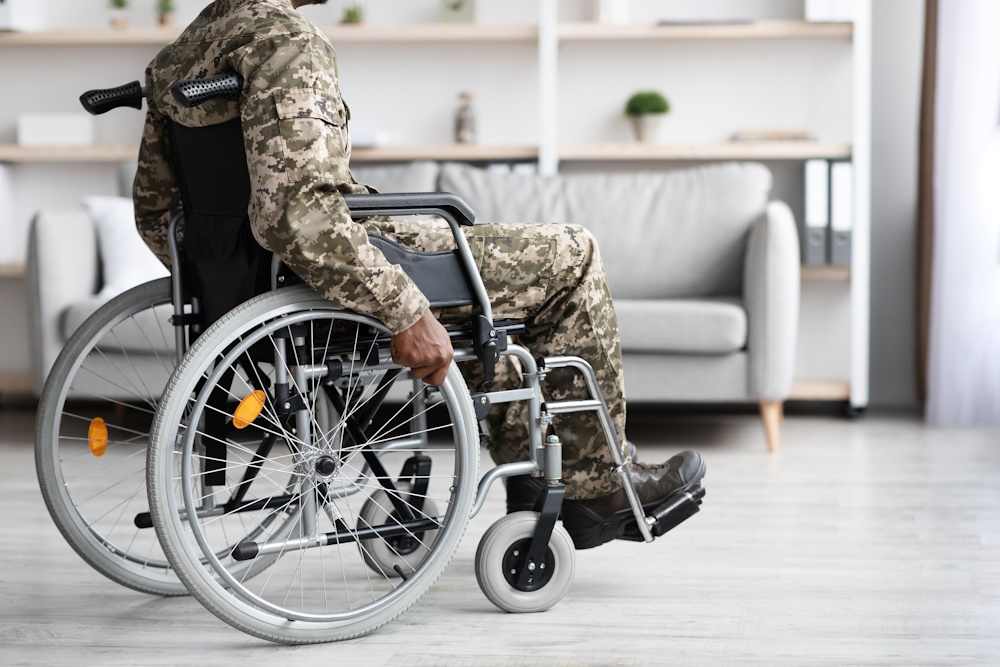Definition
Contamination avoidance refers to the measures taken to prevent or minimize personnel, vehicles, and equipment from being exposed to or affected by biological, chemical, or nuclear hazards during military operations. These procedures involve identifying potential threats, maintaining operational readiness, and utilizing protective equipment. It’s a critical aspect of ensuring the safety and effectiveness of military forces.
Key Takeaways
- Contamination avoidance refers to the measures taken to prevent or reduce contact or interaction with various forms of hazardous substances during military operations. These hazards can be biological, chemical, radiological, or nuclear.
- The main objective of contamination avoidance is to minimize the risk and impact of possible threats in order to ensure the safety, health, and performance of military personnel. This can be achieved through various strategies such as detection, warning, training, and protective measures.
- Practicing contamination avoidance not only aids in maintaining troop morale and operational readiness but it also greatly contributes to the conservation of combat power, thus, making it an essential part of military strategies and planning.
Importance
Contamination avoidance is a crucial term in military operations because it relates directly to the safety, efficiency, and effectiveness of the troops on the field.
It refers to the measures taken to prevent or minimize exposure to harmful biological, chemical, radiological, and nuclear (CBRN) substances or environmental hazards that could pose deadly threats to soldiers.
This concept is not only important for individual soldiers but also for equipment and vehicles that could be compromised, hindering operational effectiveness.
By emphasizing contamination avoidance, military operations can ensure the health and safety of their personnel, maintain operational readiness, and significantly reduce the risk of mission failure due to unforeseen exposure to hazardous contaminants.
Explanation
Contamination avoidance is a critical aspect in military operations, which focuses on protecting personnel and equipment from potential harmful substances that could be encountered in combat scenarios. The main purpose of contamination avoidance is to reduce vulnerability by minimally exposing forces to nuclear, biological, or chemical (NBC) hazards.
It involves implementing measures to detect, identify, and predict the presence of these contaminants in a timely manner to allow for efficient response and protective actions and minimizing the risk of disruption to the operation. In essence, contamination avoidance primarily directs towards maintaining operational readiness and effectiveness by decreasing the likelihood of attacks or accidental exposure to hazardous contaminants.
It reduces the extent to which military resources, both hardware and troops, might be affected by potential contaminants, which in turn, optimizes the operational capacities and survival of troops. The strategies used can range from incorporating advanced technology for early detection of hazards and avoiding areas of suspected contamination, to meticulously planning troop movements and equipment usage which all contribute to the broader framework of force protection.
Examples of Contamination avoidance
Decontamination Training Exercises: Military personnel are routinely trained on how to avoid contamination in the field. This can often involve drills where they learn the correct procedures for using protective gear, disposing of potentially hazardous materials, and correctly identifying contamination risks. For instance, during the Cold War, many military operations exercises were performed under the assumption of nuclear, biological, or chemical threats, teaching soldiers how to avoid said contamination.
Use of Protective Suits and Equipment: An essential aspect of contamination avoidance in military operations is the use of protective clothing and equipment. In real-world scenarios like the cleanup after nuclear accidents, such as in Fukushima, Japan, or Chernobyl, Ukraine, military personnel were deployed in radiation-resistant suits that helped shield them from radioactive contamination.
Avoidance of Chemical Weapons: The prohibition and non-use of chemical weapons in warfare is a fundamental real-world instance of contamination avoidance. Military operations, mostly abide by international treaties and norms such as the Chemical Weapons Convention, that prevent the use of chemicals that can lead to extensive and long-lasting contamination. If chemical weapons are suspected or used, military strategies focus on avoiding contaminated areas. During the 1991 Persian Gulf War, the U.S. and coalition forces were prepared and equipped to deal with potential chemical and biological weapons, in an effort to avoid contamination.
FAQ Section: Contamination Avoidance
What is contamination avoidance in military operations?
Contamination avoidance in military operations refers to measures taken to prevent or minimize the exposure of personnel, weaponry and equipment to nuclear, biological, and chemical contaminants during conflicts or warfare situations.
Why is it crucial in military operations?
Contamination avoidance plays a vital role in military operations. It contributes to combat effectiveness by limiting disruptions to operations, reducing casualties, and preserving resources. It enables commanders to execute missions without being deterred by the enemy’s use of weapons of mass destruction (WMD).
How is contamination avoidance achieved in the field?
Contamination avoidance can be achieved in the field through techniques like reconnaissance and surveillance to detect and identify threat areas, individual and collective protective measures, hazard prediction, marking contaminated areas, and timely threat warnings.
What are the types of contamination?
There are two main types of contamination: Immediate (direct) contamination which occurs as a direct result of a nuclear, biological or chemical attack, and Residual (indirect) contamination, which is left behind after an attack has occurred. Both types require effective contamination avoidance measures to keep personnel safe.
Which equipment is used for contamination avoidance?
There are several pieces of equipment crucial for contamination avoidance, including protective masks, protective clothing and gear, detection equipment like radiation detectors and chemical agent monitors, decontamination kits, instruments to mark contaminated areas, and warning systems.
Related Military Operation Terms
- Hazard Mitigation
- Radiological Protection
- Biohazard Safety
- Chemical Threat Reduction
- Decontamination Procedures
Sources for More Information
- Army.mil: The official website of the US Army contains a wide range of military operations information, including contamination avoidance.
- Defense.gov: The Department of Defense’s website provides comprehensive resources about various military operations.
- NCBI: The National Center for Biotechnology Information website has numerous research articles and information related to biological contamination avoidance in military operations.
- Rand.org: The RAND Corporation is a research organization that develops solutions to public policy challenges to help make communities around the world safer and more secure, including research on military defense and health.
 Benefits.com Advisors
Benefits.com Advisors
With expertise spanning local, state, and federal benefit programs, our team is dedicated to guiding individuals towards the perfect program tailored to their unique circumstances.
Rise to the top with Peak Benefits!
Join our Peak Benefits Newsletter for the latest news, resources, and offers on all things government benefits.




















